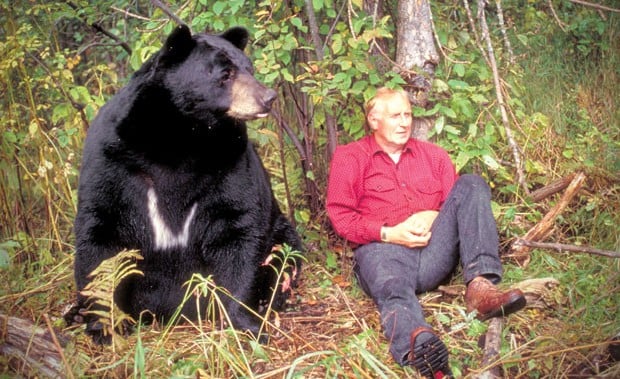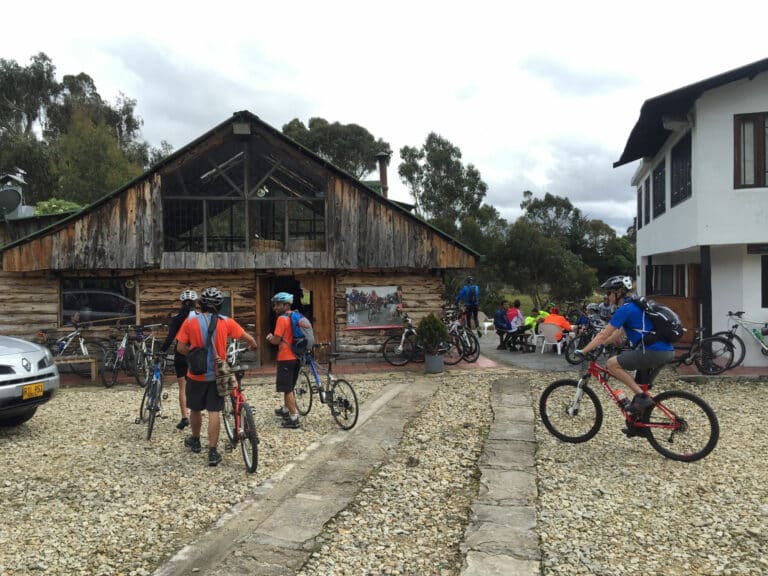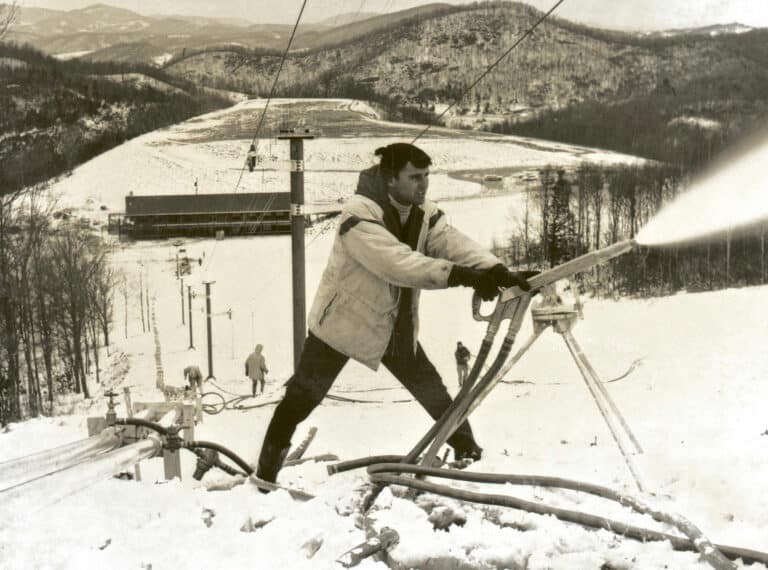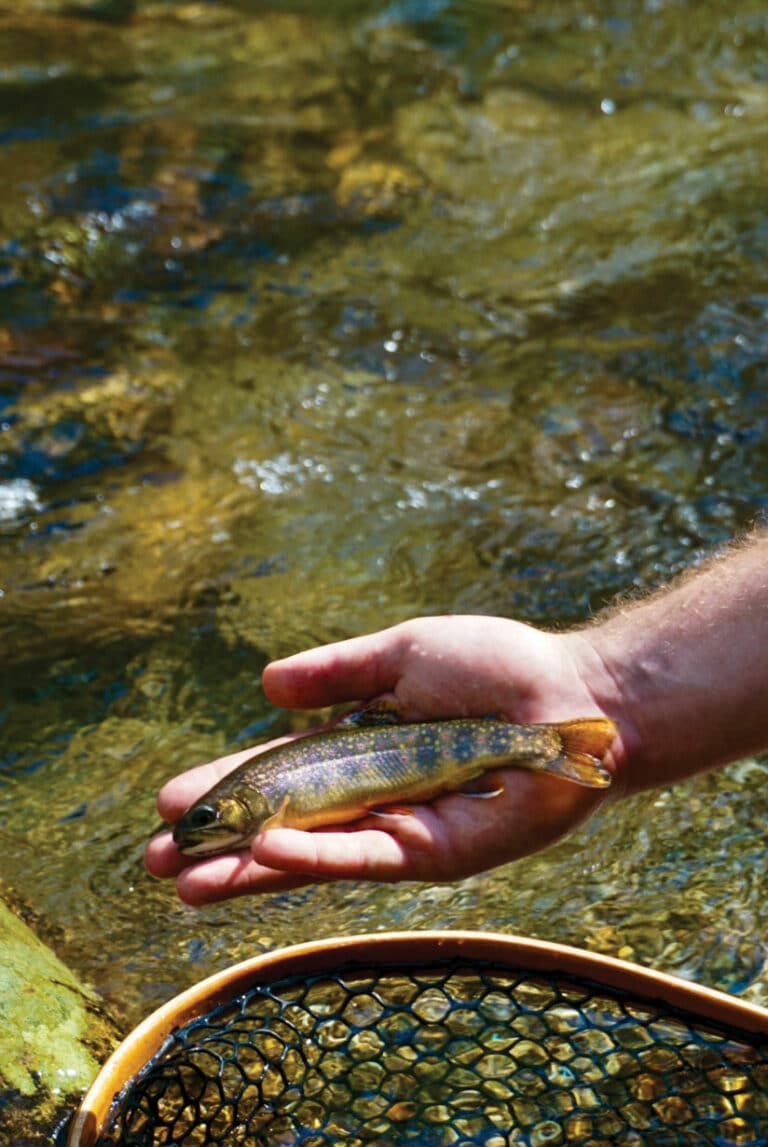“Although the bear-human interface is one of the most important areas of bear management,” says Lynn Rogers of the Wildlife Research Institute, “it is perhaps the least studied area, because everybody thinks they already understand it.”
Take, for instance, the conventional wisdom that feeding bears is dangerous both for people and bears. While Rogers concedes that the warning “a fed bear is a dead bear” should be heeded in campgrounds, he and other biologists have found that feeding bears doesn’t always have negative effects. “You can lead a bear into trouble with food, but we’ve also found that food is a powerful tool for leading bears out of trouble,” Rogers insists. In an eight-year diversionary feeding study in Minnesota, Rogers found that putting out food at least one-quarter of a mile away from campgrounds stopped nuisance incidents from occurring.
A similar effort was prompted a few years ago in Lake Tahoe when forest fires and drought caused bears to break into houses in search of food. A local nonprofit called the BEAR League, led by director Ann Bryant (the subject of a new Animal Planet show called Blonde vs. Bear) began illegally putting out food in areas away from the homes. In those areas, bear break-ins dropped from two or three a day to zero. In the other areas, bear break-ins continued at high rates.
Neither of these experiments were published in peer-reviewed journals. Rogers had the support of state government, while Bryant obviously did not. What they do demonstrate, however, is how much more research needs to be done in the area of bear-human interaction.
Working in a national park, Stiver says he and his colleagues would never use supplemental feeding to manage bears. “When a bear comes into a picnic area, it’s associating any food there with human scent,” he says. “Our goal is to keep bears wild and afraid of people.”
Up Close and Personal
Back in Minnesota, Rogers has been following one family of bears over multiple generations. He no longer uses bear traps or tranquilizers, not even when putting radio collars around the bears’ necks. Instead, he uses food, like grapes or nuts, to gain their trust.
Providing them with small amounts of food not only allows him to get close enough to fasten radio collars, install GPS units, or set up video equipment, it also maintains their familiarity with him. Rogers calls to the bears to establish his presence, and they clearly recognize his voice. “I feel very privileged that they will trust me and let me see the secrets of their lives. I know they don’t have any feelings or affection for me, of course. And we don’t want them to, you know. But, at the same time, I feel close to them.”








